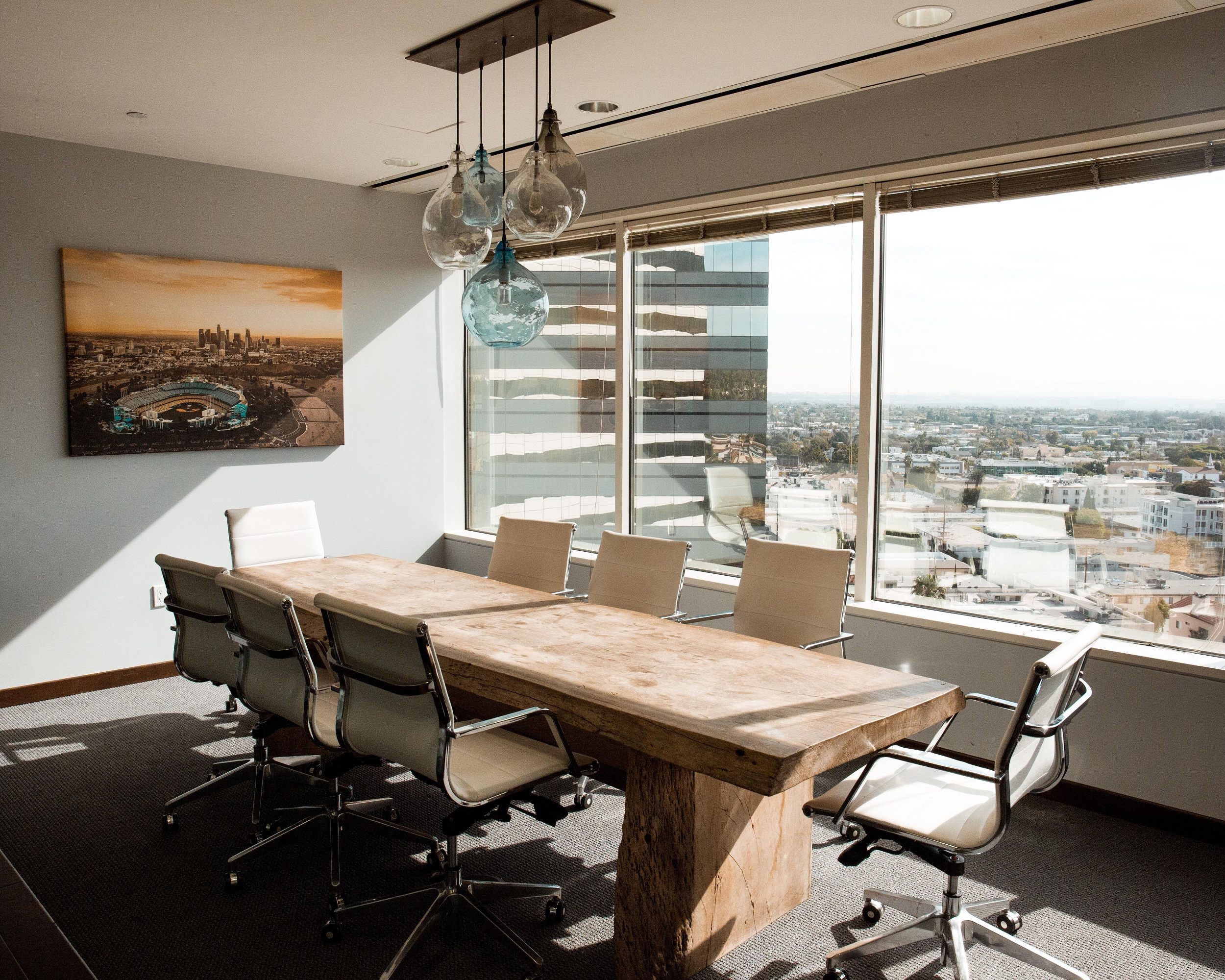Podcasting has become one of the most accessible and effective ways to share ideas, tell stories, and connect with an audience. Whether you’re a seasoned podcaster or just starting out, the importance of setting up the right workspace cannot be overstated. Your environment directly affects the quality of your content, from the sound of your recordings to the ease with which you can produce them. Here’s how to create a podcasting workspace that sets you up for success.
The Foundation: Choosing the Right Space
First and foremost, selecting the ideal location for your podcasting studio is crucial. You’ll want a space that minimizes outside noise and distractions. If you’re working from home, look for a quiet room or corner that’s away from high-traffic areas. Ideally, the space should be free from echoes, which can distort your audio. Rooms with soft furnishings—like rugs, curtains, and furniture—are great at absorbing sound and reducing reverberation.
If you don’t have a dedicated room for podcasting, consider using foam panels or soundproofing materials to optimize the space. These can be affixed to the walls and ceiling to create a more professional audio environment. In some cases, even a small closet with blankets or a vocal booth can offer the sound quality you need for a successful podcast.
Investing in Quality Equipment
The core of any podcasting workspace is the equipment. Great equipment doesn’t always mean top-of-the-line; it just means choosing tools that suit your needs and budget. Here are a few essential items:
- Microphone: Your microphone is the most important tool for recording clear, professional-quality audio. Popular options for beginners and intermediate podcasters include the Audio-Technica AT2020, Shure SM7B, and Blue Yeti. Dynamic microphones are often favored for podcasting as they pick up less background noise.
- Headphones: A good pair of headphones will help you monitor your audio in real-time. Look for closed-back headphones, which prevent sound leakage and help isolate your voice from any background noise.
- Audio Interface: If you choose an XLR microphone, you’ll need an audio interface to connect it to your computer. The Focusrite Scarlett 2i2 is a reliable and affordable option that provides great sound quality for the price.
- Pop Filter and Boom Arm: A pop filter is placed in front of your microphone to reduce plosive sounds, such as the harsh “p” and “t” sounds. A boom arm will keep your microphone steady and at the correct distance, preventing handling noise and freeing up desk space.
- Recording Software: Whether you’re on a budget or prefer professional software, there are many options available. Audacity is free and user-friendly for beginners, while Adobe Audition and Logic Pro X offer advanced editing tools for experienced podcasters.
Desk Setup: Ergonomics and Comfort
Your desk setup is where you’ll spend most of your time while recording and editing, so it’s important that it’s comfortable and functional. Consider an ergonomic chair that supports long hours of sitting, and arrange your equipment so everything is within easy reach. Your desk should have enough space to accommodate your microphone, headphones, audio interface, and computer, as well as room for notes, snacks, or any other items you might need.
A clean, organized workspace helps keep your mind clear and focused. Invest in cable management tools to prevent clutter and make your workspace look more professional. If you’re using multiple devices, such as a laptop, tablet, and phone, keep charging cables and other accessories neatly stored to avoid distractions.
Lighting and Ambience
While the podcast itself is all about the audio, lighting still plays an important role, especially if you plan to record video podcasts or do livestreams. Soft, warm lighting creates a relaxed atmosphere and reduces harsh shadows. Consider investing in a ring light or adjustable desk lamp to illuminate your face if you’re on camera.
If your podcasting workspace is in a room with windows, try to control natural light. Overhead or direct sunlight can cause unwanted glare on screens and make your workspace feel uncomfortable. Simple blinds or curtains can help you regulate the light, keeping it soft and consistent throughout your recording.
Recording Environment: Minimizing Distractions
Minimizing external distractions is vital for producing quality content. Inform family members or roommates about your recording schedule to reduce interruptions, and turn off anything that might create background noise—like air conditioning, fans, or noisy appliances.
If you’re recording in a shared space, consider using noise-canceling headphones when monitoring your audio. Additionally, many podcast hosts use soundproofing devices such as door seals or acoustic curtains to block out ambient noise. Some podcasters also record during quieter times of the day, such as early mornings or late evenings, to take advantage of fewer external sounds.
Organizing Your Workflow
Efficiency is key to producing quality podcasts on a consistent basis. Organize your recording and editing workflow with software that helps you keep track of episodes, ideas, and edits. Using tools like Trello or Notion to plan content and collaborate with co-hosts or guests can save you time and energy. Additionally, if you’re juggling multiple podcast episodes or guests, it helps to have a system for organizing raw recordings, notes, and other resources.
If you’re looking to elevate your podcast production even further, consider partnering with Motion Agency. Their expertise in streamlining content creation and providing valuable insights can help you optimize your workflow, whether it’s handling the editing process or managing your content strategy.
Conclusion: Building the Perfect Podcasting Workspace
A great podcasting workspace is about more than just a comfortable chair and fancy equipment—it’s about creating an environment that fosters creativity and productivity. With the right space, tools, and setup, you’ll be well on your way to producing high-quality content that resonates with your audience. Whether you’re recording solo or interviewing guests, a thoughtful workspace can make all the difference in delivering a smooth and professional-sounding podcast every time.



